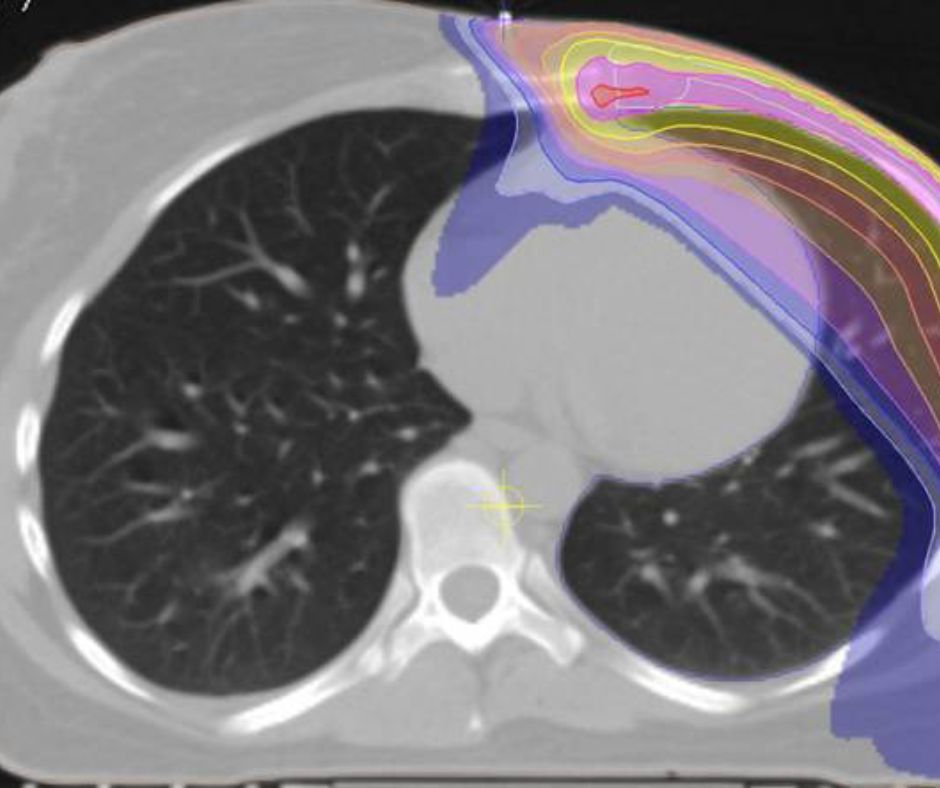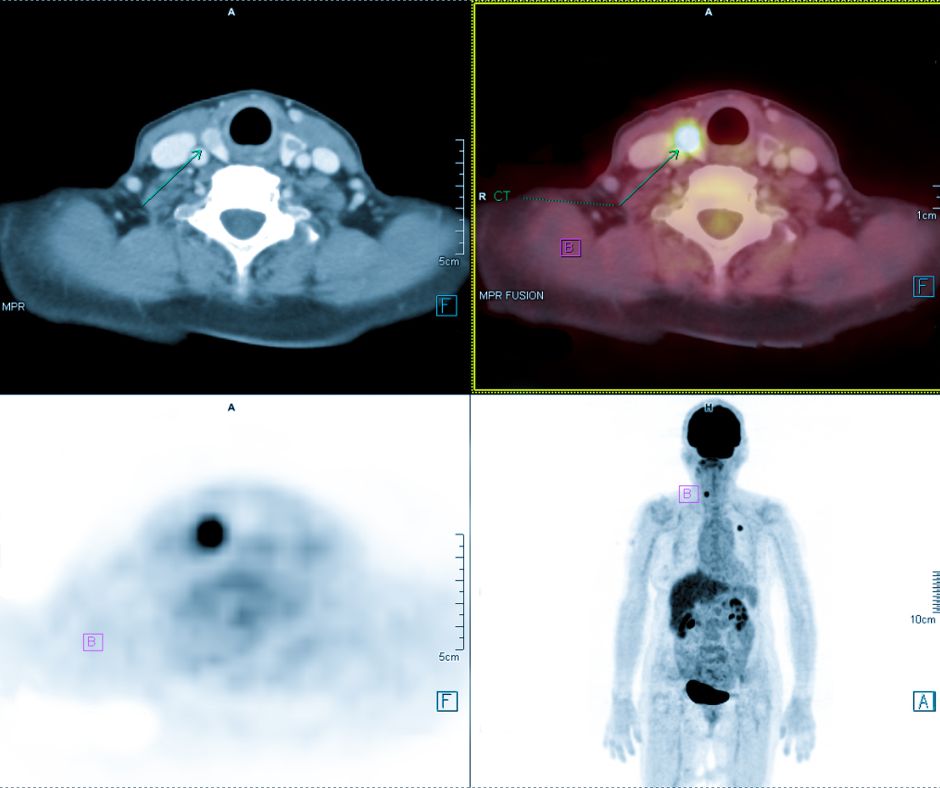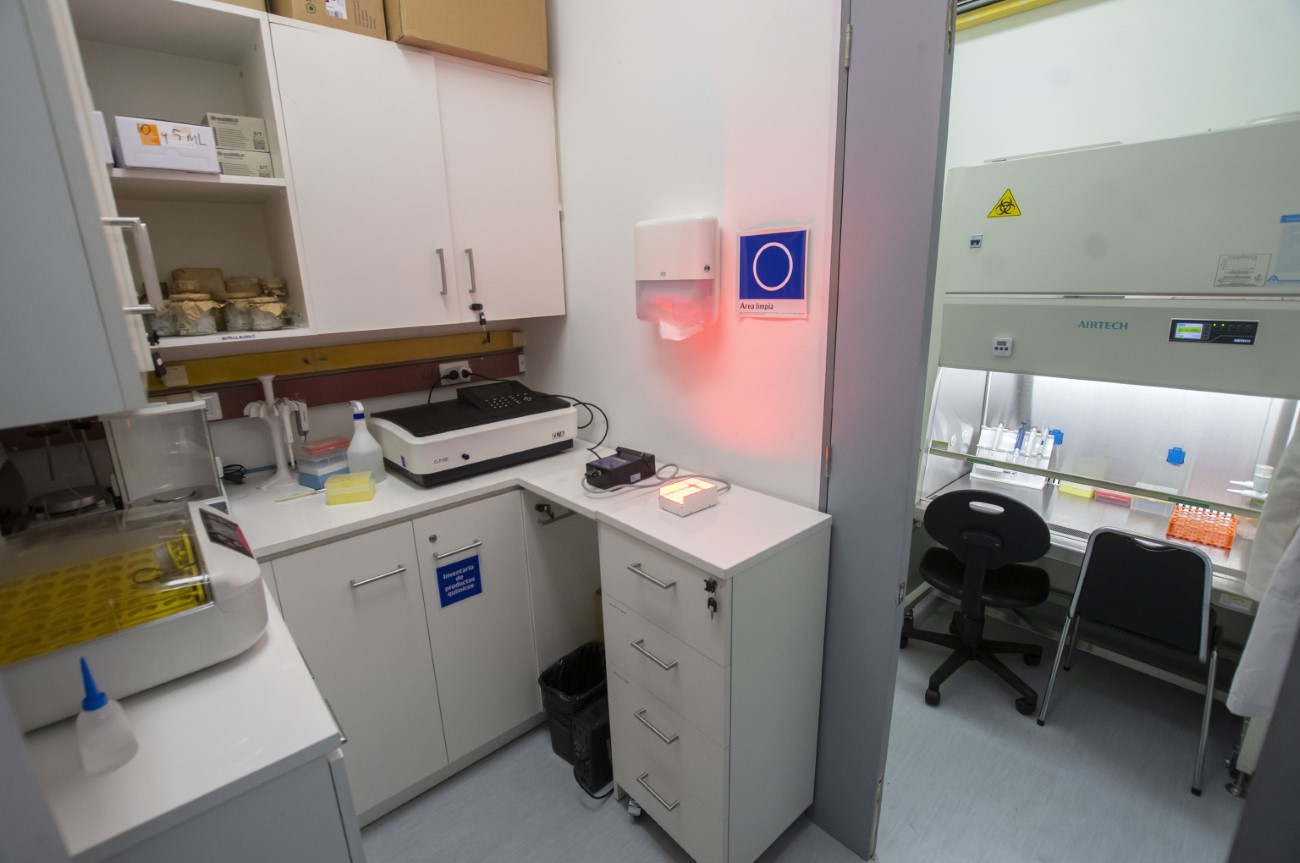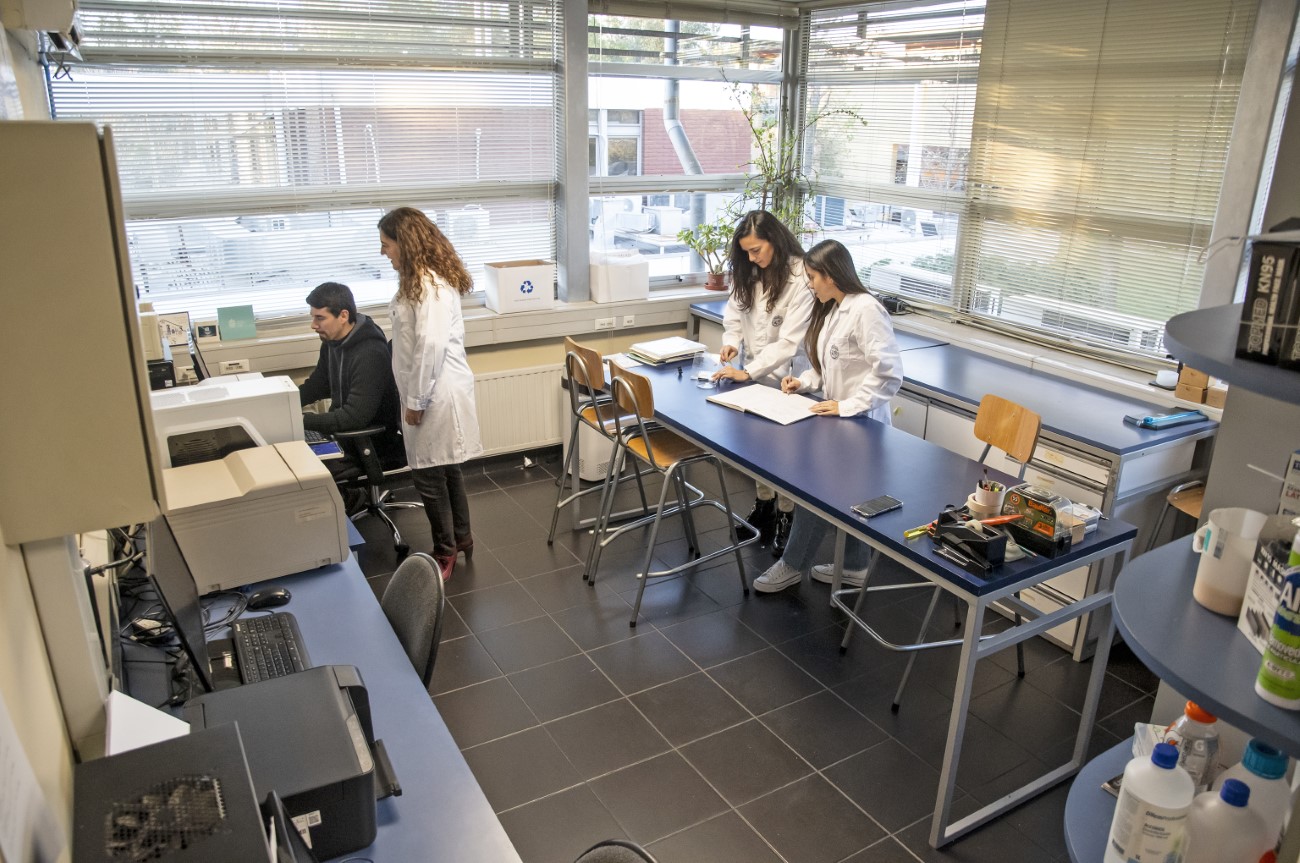Medical physics is a science consisting of the application of physics principles, concepts, methods, and techniques in medicine for the prevention, diagnosis, and treatment of diseases. Since the beginning of the 20th century, and even before, it has played a fundamental role in clinical medicine as well as in biological and medical research.
This area includes interesting subspecialties such as radiotherapy, diagnostic imaging, nuclear medicine, and radiation protection. In each of these, the medical physicist is heavily involved in the research, development, and implementation of new technologies and techniques. Moreover, in the clinical setting, this professional participates in the design of facilities, as well as in the purchase and quality control of equipment.
ON THIS PAGE
Description
Medical physics in Chile is a field that has only recently begun to be developed. The current Medical Physics Group of the UC Physics Institute was formed in 2009. It boasts a proven scientific trajectory with relevant publications in journals in the area and the awarding of research projects with national and international funding.
Likewise, it has had collaborations with renowned international research groups in Germany, Australia, Brazil, Canada, Spain, United States, Italy and Sweden.
The Medical Physics group develops research, both theoretical and experimental, in the areas of radiotherapy, medical imaging, biophotonics and radioprotection.

Questions this area strives to answer
Dosimetry
One of the options when treating a cancer patient is the use of ionizing radiation to eliminate tumor cells, a technique known as radiotherapy. One of the most important aspects of treatment delivery is the precise determination of the energy deposited (radiation dose) in both the cancerous and the healthy tissues. Accurate determination of the radiation dose is also fundamental in radiodiagnostic applications, particularly in the context of radioprotection of the patient and operators.
The UC Medical Physics group performs studies in dosimetry in photon and neutron irradiations in a wide spectrum of geometries and energies. For this, several dosimetric systems are used, including ionization chambers, radiochromic films, semiconductor detectors, thermoluminescent crystals, alanine pellets, among others. Complementarily, and due to the stochastic nature of radiation, Monte Carlo simulations provide an ideal tool for the estimation of energy deposited in tissues. In particular, this technique is used as a reference in the evaluation of analytical algorithms for radiotherapy treatment planning and dosimetry in non-standard situations.
Work is currently underway on the development of new detectors and the evaluation of tissue-equivalent materials with dosimetric potential. In addition, anthropomorphic mannequins are developed in order to simulate treatments in conditions similar to real ones.

Radiobiology
Another important aspect in radiotherapy is the biological effect of ionizing radiation on tissue. In the optimal case, it is expected to maximize the destruction of cancerous tissue while protecting healthy tissue. Radiobiology deals with the individualized optimization of treatments based on radiobiological models of tumor control, radiotoxicity, and the growth of secondary cancer.
The UC Medical Physics group works on the modeling of secondary cancer risk associated with the peripheral dose of neutrons and photons in photon radiotherapy treatments. In this area, mathematical modeling of the growth and response of tumor tissue is also studied. In this context, functional images (FDG-PET, FMISO-PET, MRI) are used, which provide relevant biological information for such models.
Currently, the group is also working on the development of DNA damage models based on Monte Carlo techniques, to study the effect of different types of ionizing radiation on both tumor and healthy cells.
An important area of work is also experimental radiobiology, carried out in the group’s laboratories. In particular, the relationship between hypoxia and radiotherapy, and the combination of radiotherapy with photodynamic therapy are studied.
Medical images
Medical images are used as a tool for diagnosis and study of pathologies in radiology. In addition, they provide anatomical and functional information of the patient, used to plan different treatment strategies and estimate volumetric dose distributions for the patient in the context of radiotherapy.
Regarding the use of images in radiotherapy, the optimization of volumetric images with kilovoltage conical beams and the use of portal images for the reconstruction of the doses received by patients during their treatment are studied. Tools are also being developed for the generation of personalized synthetic computed tomography images and for the application of automated learning algorithms for treatment response prediction and diagnosis of diseases, based on medical images.
Currently, the UC Medical Physics group is also investigating the development of brain function through nuclear magnetic resonance imaging. Specifically, it studies how physics and statistical methods can improve signal capture in functional magnetic resonance studies and mitigate disturbances in these signals, and thus, have a better understanding of neurocognition.
Biophotonics
In addition to ionizing radiation, an area of interest in medical physics is the application of visible light to the life sciences. This area is called Biophotonics. Among the many possibilities, light can be used for the diagnosis and treatment of various diseases. Photodynamic therapy, for example, combines light with a photosensitive molecule, which generates reactive oxygen species, and causes the cell to die.
Biophotonics can be an important tool for the treatment of different diseases, including cancer and infections by microorganisms. In addition, there is the so-called Photothermal Therapy, which uses light and nanotechnology to produce heat, which also leads to cell death.
Currently, the UC Medical Physics group is involved in projects ranging from basic studies of the interaction of light with different photosensitizers and nanoparticles, to the application in in-vitro and in-vivo experiments, leading to clinical trials.
Research Area


